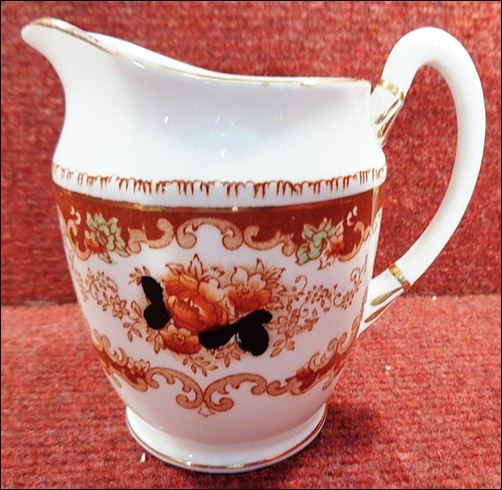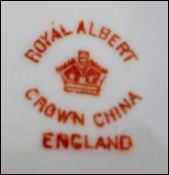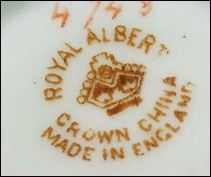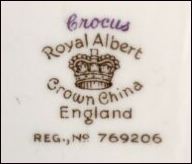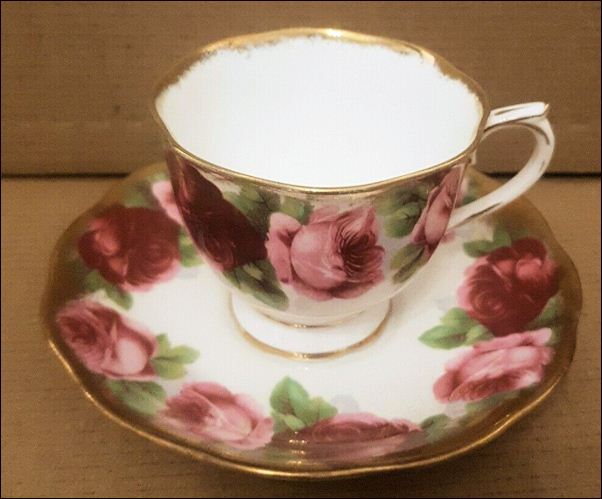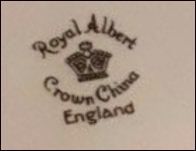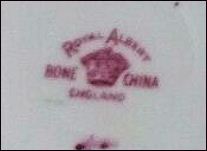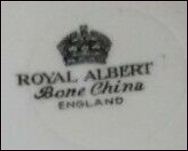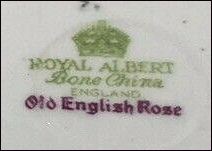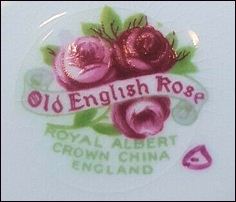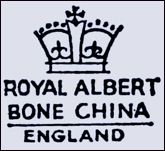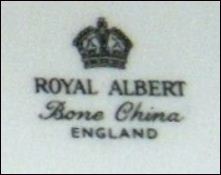-
Thomas
Clarke Wild (TC) had been in business with his father Thomas Wild as
Thomas C Wild & Co. and then on his own
account as Thomas C. Wild.
-
In
1917 TC's sons Thomas E. Wild and Frederick J. Wild, who were
already working in the business, became partners and the company
name was changed to Thomas C. Wild
and Sons.
-
1918
Thomas C. Wild and Sons
purchased the china manufacturing business and works of
Shore & Coggins Ltd. Also
purchased in that year, was the business and works of William
Lowe.
-
In
the 1920s Thomas C. Wild owned or had an interest in....
-
T. C. Wild & Sons (St Mary’s Works)
-
Chapman’s (Longton) Ltd (at the Albert Works)
-
Reid & Co (Park Place Works)
-
Shore & Coggins Ltd (Edensor Works)
-
William Lowe (Sydney Works)
-
Wild & Adams (Royal Crown Pottery)
-
Blairs (Longton) Ltd (Beaconsfield Pottery)
-
Barlow’s (Longton) Ltd (Melbourne Works)
-
T. W. Barlow & Son Ltd (Coronation Works)
-
Thomas Cone (Alma Works)
-
Colclough & Co (Stanley Works)
-
Burgess Bros (Carlisle Works)
-
Wild Bros
(TC relinquished his share to his brother in 1922)
-
In
1928 Thomas C. Wild was
appointed Lord Mayor of
Stoke-on-Trent. In the same year he retired from active management of Thomas C. Wild & Sons.
-
In
1928 the businesses of Wild & Adams and Colclough & Co. were
closed their factories sold and in 1930 the businesses of William Lowe and Blairs (Longton) Ltd
were closed.
-
In
1932 Thomas C. Wild retired and
his sons Thomas E. Wild and Frederick J. Wild were appointed as
joint managing directors.
-
1933
the business was incorporated as a limited company and Thomas E.
Wild was appointed chairman.
-
In
1934 Harold Holdcroft, former Head Designer at Burslem School of Art,
left John Stevenson & Sons
and became Art Director at Thomas C. Wild & Sons. It was Harold
Holdcroft who introduced the Old Country Roses pattern in
1962.
-
From
1937 to 39 the St. Mary's Works were expaned and modernised.
-
December
1937 saw the death of Thomas
Clarke Wild who had originally founded the company with his father
in 1896.
-
In
1938 Burgess Bros was closed.
-
Thomas C. Wild &
Sons remained active during the preriod of the Second World Ware,
producing ware for export.
-
Thomas
Cone had closed in 1942 under the Wartime
Concentration Scheme and in 1946 the business and works were
sold.
-
In
1946 Reid & Co was incorporated as a limited company and the
name changed to Roslyn China Ltd.
-
In
1946 a major expansion of the St. Mary Works was started and
in 1947 a public share issue was made to raise funds for the
expansion. The brothers Thomas E. Wild and Frederick J. Wild
remained as
joint managing directors with their sons David Gerard Wild, Peter
Grenville Wild, Kenneth T. Wild and Anthony L. Wild as
directors.
-
In
1960 Paragon China Ltd was acquired which continue to operate as a wholly owned subsidiary.
-
1961
Frederick J. Wild died (age
68).
-
In
1962 Harold Holdcroft, the Art Director at Thomas C Wild & Sons
designed the Old Country Roses pattern, which was to become one of
the worlds best known and most popular patterns.
-
1963
- Roslyn China Ltd was closed.
-
In
1964 the Lawley Group made a cash and share offer for the whole share capital of Thomas C. Wild & Sons Ltd - this offer was accepted. Thomas E. Wild, present chairman become life president and Peter G.
Wild, with his brother
Kenneth T. Wild were invited to join the Board of Lawley Group/AEP (Allied English Potteries).
-
From
1964 onward there was a further expansion of Royal Albert production through use of the Edensor Works (ex Shore & Coggins) and the Montrose Works (ex Shelley)
-
In 1966 there was a reorganisation of the Wild subsidiary companies and Chapmans (Longton) Ltd and Shore & Coggins Ltd were closed. Probably as a result of these closures Peter Grenville Wild resigned from the Board of Allied English Potteries and its subsidiaries (including, presumably, from his position as Joint Managing Director of Thomas C. Wild & Sons).
-
1968
- as a result of a motor vehicle accident Thomas E. Wild (life president)
was killed (he was 77).
-
1969 saw the end of the the Wild family involvement in the company - Kenneth T. Wild and David Gerard Wild resigned from the Board of Allied English Potteries and also from the Boards of Thomas C. Wild & Sons Ltd and Paragon China Ltd.
-
In
1970 Allied English Potteries changed the name of the business to Royal Albert
Ltd.
![]()
